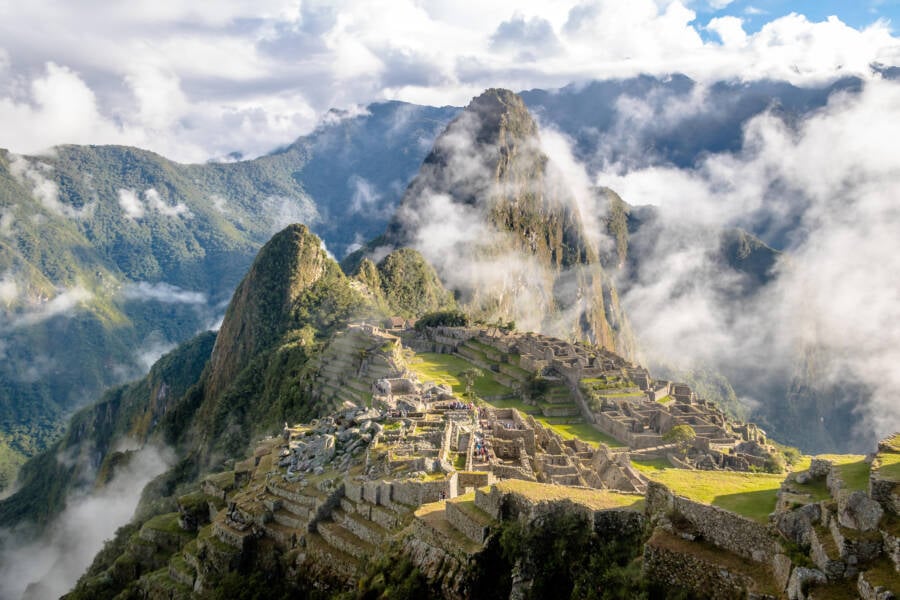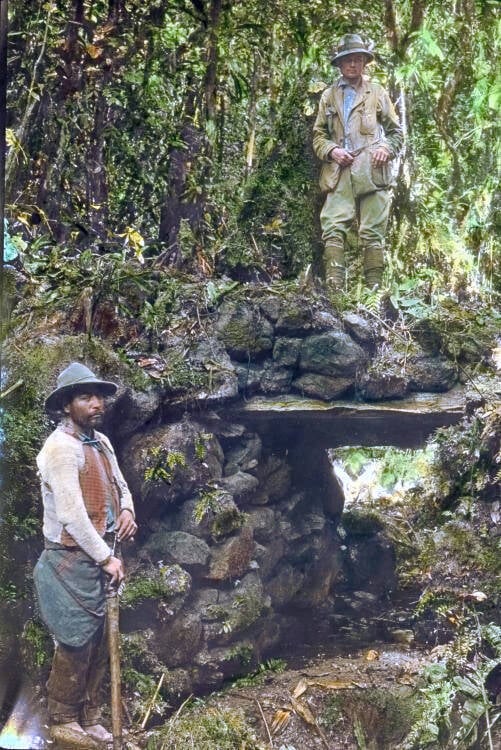From Machu Picchu to Pompeii, these cities were lost to the outside world for generations but are now hot spots for tourists and archaeologists alike.
Cities are large. Even in the ancient world, they served as homes to tens or even hundreds of thousands of people. They are quite unlike a screw or car keys, which are often easy to lose. Yet, the world contains many lost cities — lost to time, lost to history, or simply abandoned and forgotten about, only to be discovered centuries later by explorers or archaeologists who happen across them.
Today, many of these formerly lost cities are invaluable archaeological locations and UNESCO World Heritage Sites, where researchers can carry out investigations into ancient society and visitors can marvel at the architectural magnificence of long-gone societies.
Some have even inspired the arts — the Strokes, for example, have a song titled “Machu Picchu,” and Olivia Newton-John starred in the 1980 film Xanadu — but for most people, these ancient cities represent the living history of our ancestors.
Check out nine of the world’s most famous lost cities below:
Machu Picchu: The Wonder Of The Peruvian Andes

Diego Grandi / Alamy Stock PhotoMachu Picchu, the 15th-century city nestled in the Peruvian Andes.
Machu Picchu sits in the Peruvian Andes at an elevation of 7,900 feet and stretches across an area about the size of Philadelphia.
Although the history of the city was once lost to time, most experts now believe the mountaintop ruins were built in the first half of the 15th century on the orders of Inca emperor Pachacuti. Machu Picchu comprised approximately 200 structures, including palaces, temples aligned with the Sun’s movements, residential areas, a royal tomb, and thousands of stone stairs. The site was surrounded by stepped agricultural terraces irrigated through a complex aqueduct system, and the Incas remarkably built it all without iron or steel tools.
Researchers believe Pachacuti had Machu Picchu built as a royal retreat where he and his court would relax, hunt, and feast, though some theorize it functioned as a sacred pilgrimage site for ancestor worship.
After about 100 years of occupation, the city was abandoned in the 16th century during the Spanish conquest. It’s unclear why, though. It’s possible that the inhabitants fled in fear of invaders or were wiped out by European diseases like smallpox. Either way, the Spanish conquistadors never actually found the city, as it was hidden between two Andean peaks.

Public DomainExplorer Hiram Bingham with a local guide en route to Machu Picchu in 1911.
In fact, Machu Picchu remained largely unknown outside of Peru until American explorer Hiram Bingham published a piece about it in National Geographic magazine in 1913 after a local farmer named Melchor Arteaga guided him to the ruins for 50 cents. Of course, Bingham’s “rediscovery” is somewhat disputed, given that locals clearly knew about the site long before his arrival.
Still, Bingham deserves some credit for his article and accompanying photographs that put Machu Picchu on the international stage.
Machu Picchu was classified as a UNESCO World Heritage Site in 1983 and remains the pinnacle of Inca architecture. Even today, more than 100 years after Bingham’s announcement, the ruins continue to fascinate researchers exploring the history of the Inca civilization, and every bit of new information discovered sheds even greater light on this lost city’s past.





